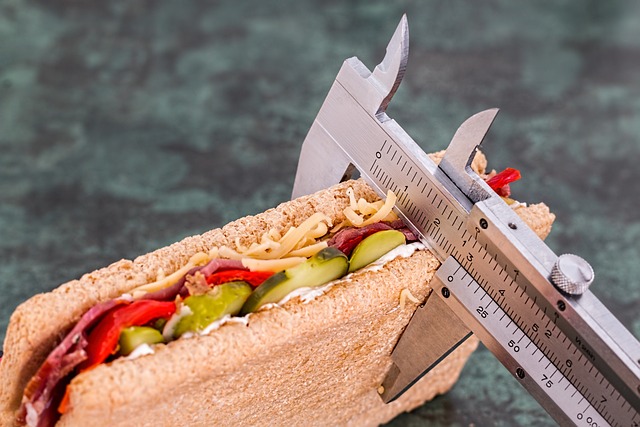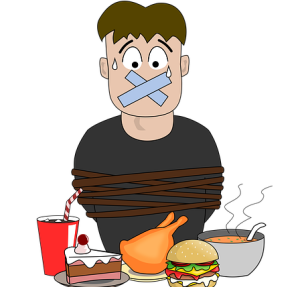Introduction
Starting a weight loss journey can be overwhelming, but meal prepping can make the process easier and more effective. By planning and preparing your meals in advance, you can save time, reduce stress, and stay on track with your weight loss goals. Let’s dive into the best tips for beginners looking to master the art of weight loss meal prep.
Getting Started with Meal Prep
Assessing Your Goals
Before you start meal prepping, it’s crucial to understand your weight loss goals. Are you aiming to lose a specific number of pounds, or are you focusing on building healthier eating habits? Knowing your goals will help you tailor your meal prep to meet your needs.
Planning Your Meals
Once you’ve set your goals, the next step is planning your meals. Create a weekly menu that includes a variety of healthy, balanced meals. This will help you stay organized and ensure that you’re getting the nutrients you need.
Essential Meal Prep Tools
Must-Have Kitchen Gadgets
Investing in a few essential kitchen gadgets can make meal prep much more manageable. A good set of knives, a cutting board, measuring cups, and a food processor are all great tools to have on hand.
Storage Solutions
Choosing the Right Ingredients
Focus on Whole Foods
When you’re aiming to lose weight, whole foods are your greatest ally.Focus on incorporating plenty of fruits, vegetables, lean proteins, and whole grains into your meal prep.
Avoiding Processed Foods
Processed foods often contain high levels of added sugars, unhealthy fats, and empty calories. Steer clear of these items and opt for fresh, whole ingredients whenever possible.
Creating a Meal Prep Schedule
Weekly Planning
To make meal prep a sustainable habit, set aside time each week to plan and prepare your meals. Choose a day that works best for you, such as Sunday, to do your grocery shopping and cooking.
Batch Cooking
Batch cooking is a great way to save time and ensure you always have healthy meals on hand. Prepare large quantities of your favorite recipes and divide them into individual portions to eat throughout the week.
Simple and Healthy Recipes
Breakfast Ideas
Begin your day with a nutritious breakfast that will keep you energized. Overnight oats, smoothie packs, and egg muffins are easy and healthy options that can be prepped in advance.
Lunch and Dinner Options
For lunch and dinner, focus on recipes that are both satisfying and nutritious. Grilled chicken with roasted vegetables, quinoa salads, and stir-fried tofu with broccoli are all great choices.
Incorporating Snacks
Healthy Snack Options
Snacks can be part of a healthy diet if you choose wisely. Prep snacks like cut-up veggies with hummus, Greek yogurt with berries, or a handful of nuts to keep you satisfied between meals.
Portion Control
Controlling your portions is crucial when it comes to snacking.Use small containers or snack-sized bags to portion out your snacks, ensuring you don’t overeat.
Balancing Macronutrients
Importance of Protein
Protein is vital for weight loss as it helps build and repair tissues and keeps you feeling full longer. Include lean proteins like chicken, fish, beans, and tofu in your meals.
Healthy Fats and Carbs
Healthy fats and carbohydrates are also important. Incorporate sources of healthy fats like avocados, nuts, and olive oil, and choose complex carbs like sweet potatoes, brown rice, and whole grains.
Portion Control Tips
Using Measuring Tools
To ensure you’re eating the right portions, use measuring tools like cups and scales. This can help you stay on track and avoid overeating.
Visual Portion Guides
Visual guides can also be helpful. For example, a serving of meat should be about the size of your palm, while a serving of vegetables should be about the size of your fist.
Storing and Reheating Meals
Best Practices for Food Safety
Proper food storage is crucial for safety and quality. Store meals in airtight containers in the refrigerator or freezer, and always label them with the date.
Reheating Techniques
When it’s time to eat, make sure to reheat your meals safely. Use the microwave or stovetop to heat your food thoroughly, ensuring it reaches an internal temperature of 165°F to kill any harmful bacteria.
Staying Motivated
Tracking Progress
Keep track of your progress by documenting your meals and how you’re feeling. Use a journal or an app to record what you eat and any changes you notice in your weight or energy levels.
Celebrating Milestones
Celebrate your successes along the way. Reward yourself for reaching milestones, whether it’s a week of consistent meal prep or hitting a weight loss goal.
Overcoming Common Challenges
Dealing with Boredom
Eating the same meals week after week can get boring. Mix things up by trying new recipes, experimenting with different spices, and rotating your meal options.
Handling Busy Schedules
If your schedule is hectic, simplify your meal prep. Choose recipes that are quick and easy to make, and consider prepping ingredients rather than entire meals to save time.
Involving Family and Friends
Making Meal Prep a Group Activity
Get your family and friends involved in meal prep. Cooking together can make the process more enjoyable and help everyone stay on track with their healthy eating goals.
Teaching Kids About Healthy Eating
Involve your kids in the meal prep process. Teaching them about healthy foods and how to prepare them can set them up for a lifetime of good eating habits.
Budget-Friendly Meal Prep
Shopping Smart
Meal prepping doesn’t have to be expensive. Plan your meals around what’s on sale, buy in bulk, and shop at discount grocery stores to save money.
Reducing Food Waste
To reduce food waste, use leftovers creatively. Include them in new meals or freeze them for later use.
Conclusion
Meal prepping is a powerful tool for anyone looking to lose weight and eat healthier. By planning your meals, choosing the right ingredients, and staying organized, you can make meal prep a sustainable and enjoyable part of your routine. Remember, consistency is key, and every small step you take brings you closer to your goals.
FAQs
How long does it take to see results from meal prepping for weight loss?
It varies for each person, but with consistent effort, you can start seeing results within a few weeks.
What are some quick meal prep ideas for busy people?
Overnight oats, salads in a jar, and sheet pan meals are all quick and easy options.
How do I store my prepped meals safely?
Use airtight containers, store them in the fridge or freezer, and label them with the date to ensure freshness.




